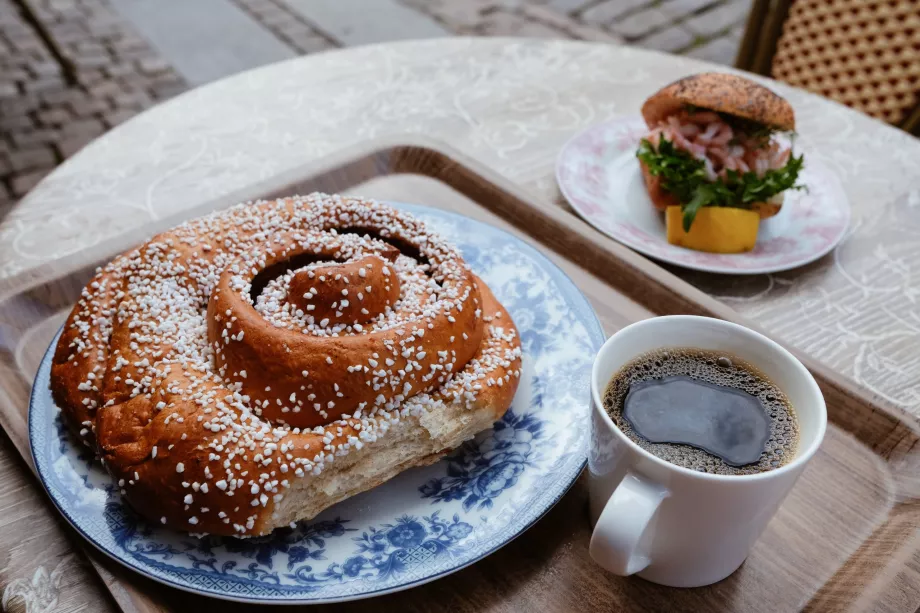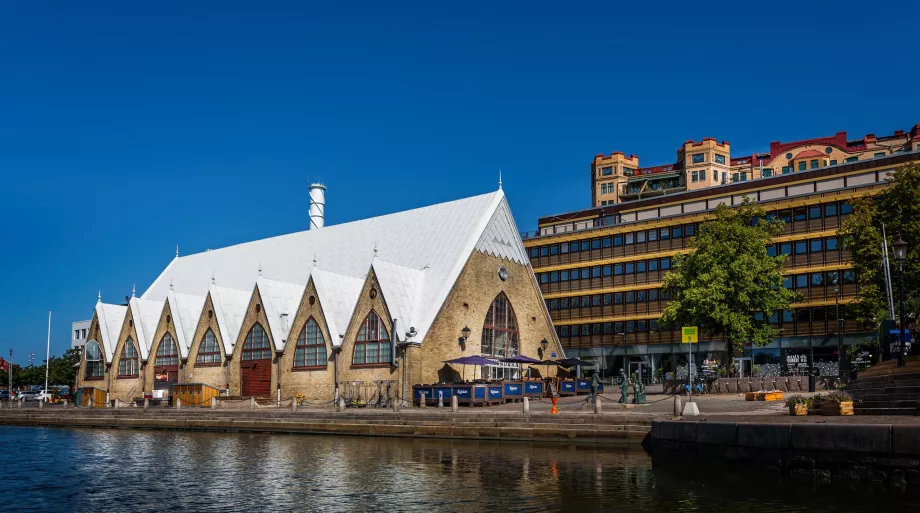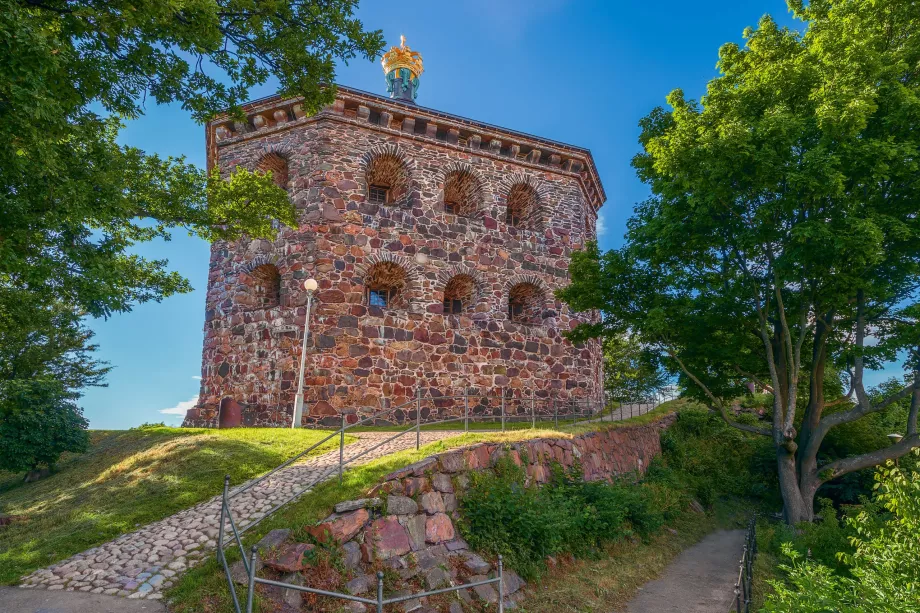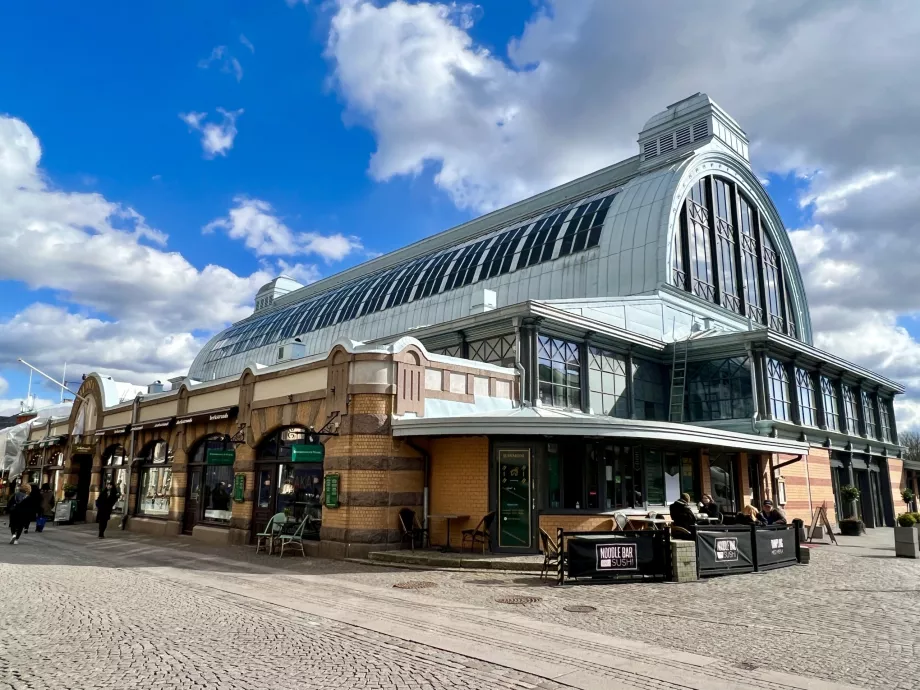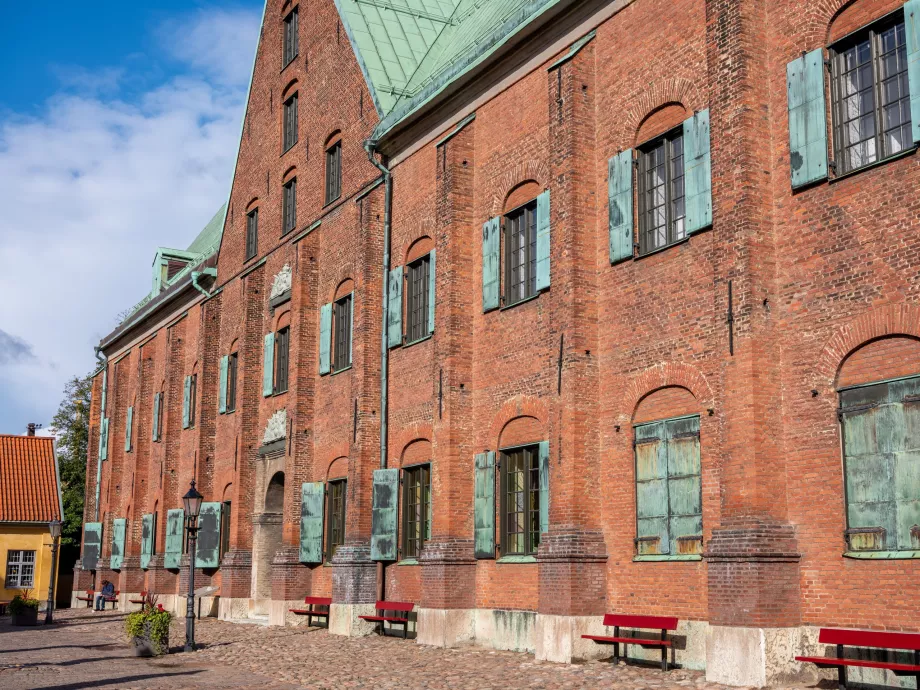Haga
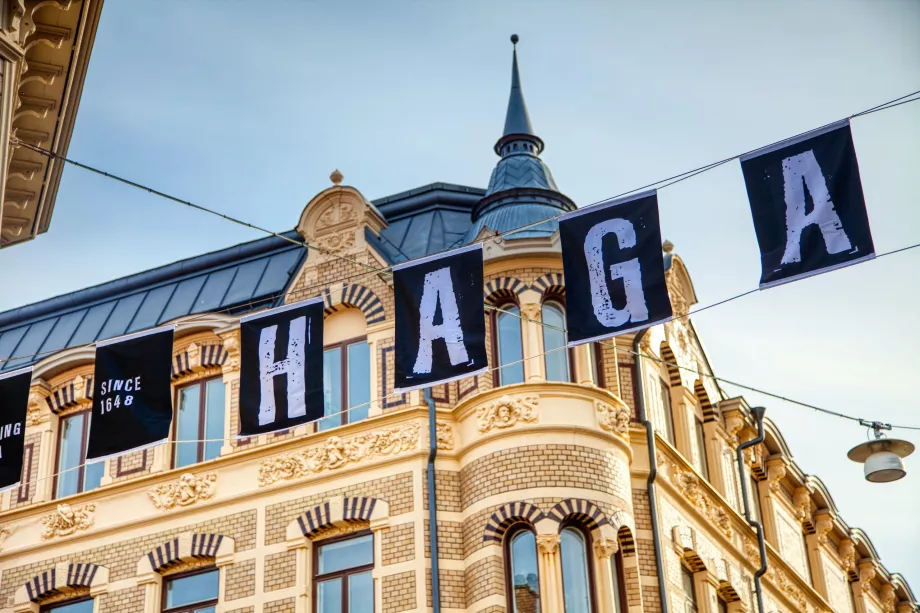
Gothenburg'soldest surviving district Haga is now a place where people gather to sit in one of the many excellent cafés over coffee and the famous cinnamon snail. Such a siesta is called a fika in Sweden.
The pedestrian area in Haga Nygata Street is lined with well-preserved houses in the characteristic landshövdingehus style. This is typical of the construction of the lower floor of the house in brick and the rest in wood. Previously Haga was a slum and a troubled neighbourhood. Today it is the opposite.
Cheap and recommended hotels in Gothenburg
The entire neighborhood was supposed to be demolished in the 1970s, but the residents stood up for the area and preserved its character to this day.
Shopping in Haga
The entire district consists of either cafes and shops selling local food or souvenirs and other goods. For example, you'll find a soap factory, a toy shop, a local chocolate and marzipan factory, or interior decoration, antiques and fashion. Specialty shops also offer tea, spices and olive oil.
For coffee and cinnamon buns, stop by the renowned Husaren café. Just beware, the cinnamon snail is over the size of a plate and will fill two people generously.
How to get to Haga
The Hague is easy to reach on foot from the centre. However, if you plan to shorten your journey, for example by tram, take the Hagakyrkan or Järntorget stop. Tram lines 1, 3, 6, 9, 11 and 13 run here.
Accommodation nearby Haga
You won't find accommodation in the district itself, so you'll need to look around along the border.
Popular hotels located between the centre of Gothenburg and The Hague include:
Offering all facilities including a short walking distance to the city centre to other sights.
What to see around
Discover all the places to see in Gothenburg.
Any questions left?
If you have any questions or comments about the article...

